5 tips for flat roof maintenance
July 20, 2025 at 6:00 a.m.By Elite Roofing.
Summer projects are underway! Don’t forget to add roof maintenance to your checklist.
Now that the days are longer and the sun is shining brighter, it is the perfect time to give your roof the attention and care it deserves. For all homes, multi-unit buildings and commercial properties, flat and low-slope roof issues due to heavy rains can worsen if neglected. They require specific maintenance to prevent future leaks and to maintain efficiency.
Our experts here at Elite Roofing put together this list of what every home and property owner needs to do to maintain their flat roofs including roof membrane inspections, checking ponding water and clearing debris.
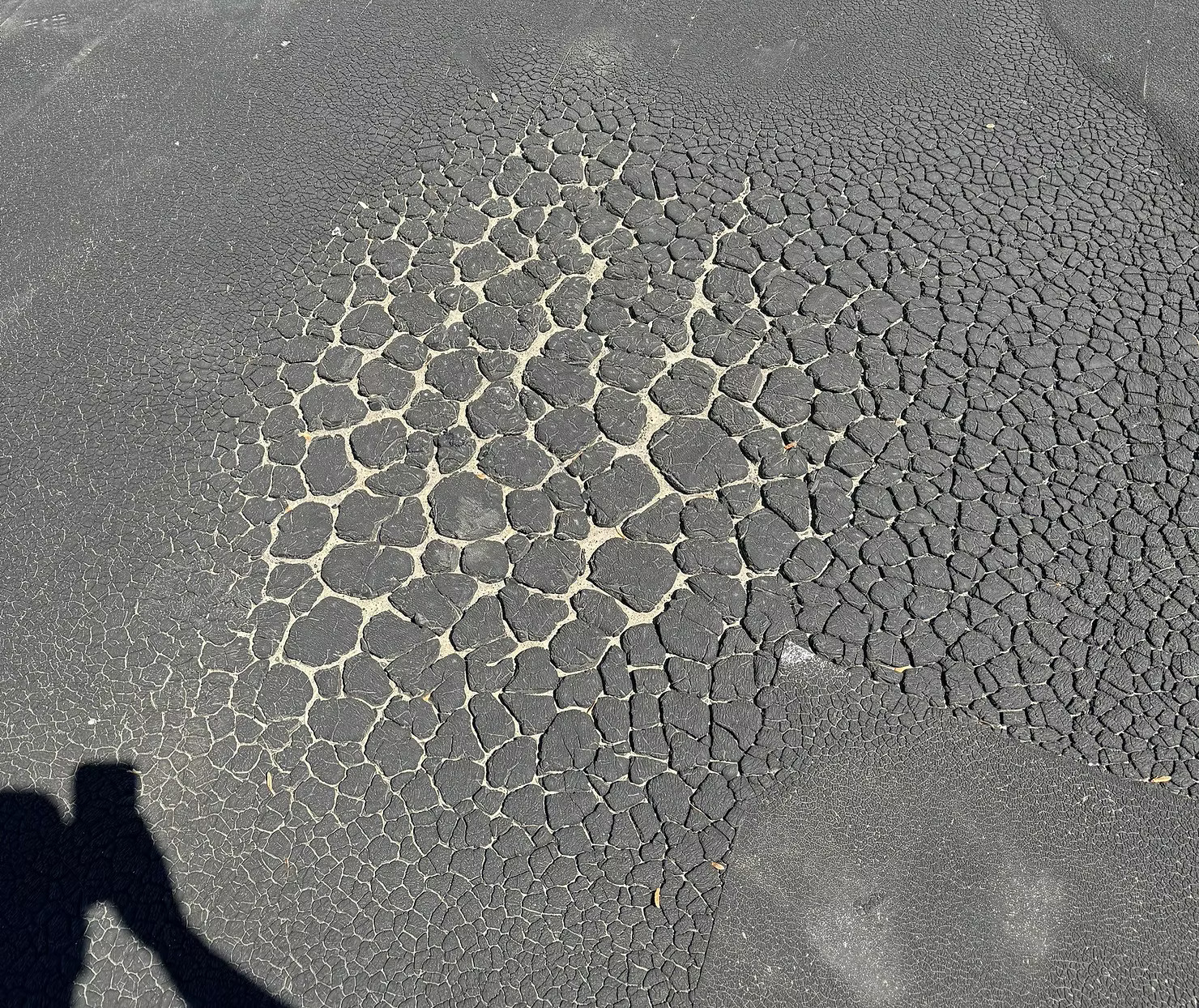 1 - Inspect the roofing membrane for damage
1 - Inspect the roofing membrane for damage
Most flat roofs in our area are built with materials like TPO, EPDM or modified bitumen. These membranes form the first line of defense against water, UV rays and debris, but winter weather can take a serious toll.
What to look for:
- Cracks, blisters or punctures in the membrane
- Loose seams or edges (especially around vents, HVAC units or parapet walls)
- Areas that look dried out or brittle
Pro tip: If you notice membrane bubbling or areas that feel “soft” underfoot, it may be a sign of trapped moisture or insulation failure beneath the surface.
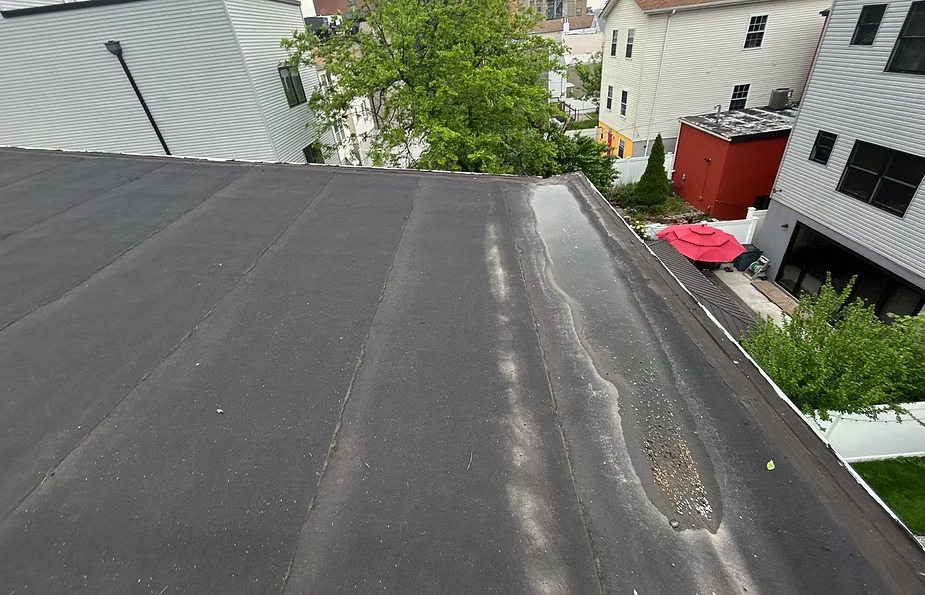 2 - Check for ponding water
2 - Check for ponding water
Many areas see their fair share of heavy rain, and poor drainage on flat roofs can lead to a major issue: ponding water. Standing water that remains on the roof for 48+ hours can cause:
- Accelerated membrane deterioration
- Sagging or structural stress
- Increased risk of leaks and mold
What to do:
- Look for puddles after rain and mark the spots.
- Make sure your roof’s pitch and drainage system are working properly.
- Clean out internal drains, scuppers and downspouts to prevent clogs.
If your flat roof doesn’t have enough slope or the water isn't draining properly, it may be time to consider adding tapered insulation or installing additional drainage solutions.
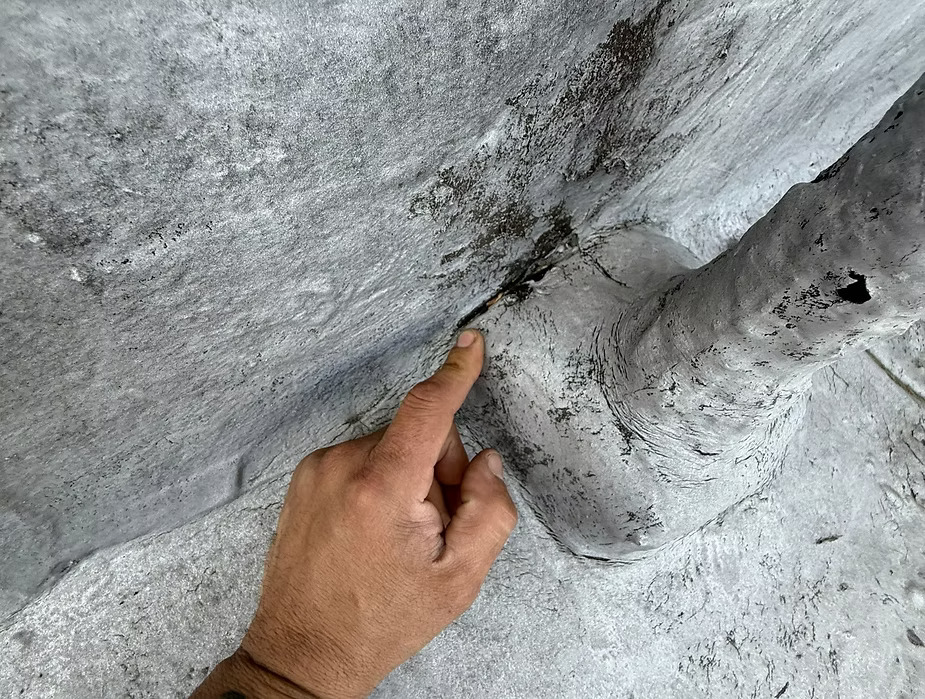 3 - Examine flashing and roof penetrations
3 - Examine flashing and roof penetrations
The areas around vents, chimneys, skylights and HVAC units are some of the most leak-prone spots on any flat roof. In spring, freeze-thaw cycles from winter can cause flashings to lift or deteriorate.
Maintenance tips:
- Inspect flashing for cracks, separation or movement.
- Ensure all penetrations are sealed tightly with no gaps or cracking.
- Re-caulk or re-seal with appropriate roofing-grade sealants if needed.
At Elite Roofing, we recommend doing a detailed flashing inspection every spring, especially if your building is older or the roof was installed more than 10 years ago.
4 - Reapply sealant where needed
Sealants play a crucial role in protecting vulnerable areas of your flat roof. Over time, UV exposure and temperature fluctuations degrade caulking, especially around joints, drains and curbs.
What to check:
- Look for dried, cracking or peeling sealant.
- Touch up or replace caulking that’s pulling away or no longer flexible.
- Always use sealants compatible with your roofing membrane.
Not sure which type of sealant is best for your roof? Your contractor can assess and apply long-lasting products designed specifically for EPDM, TPO or mod-bit systems.
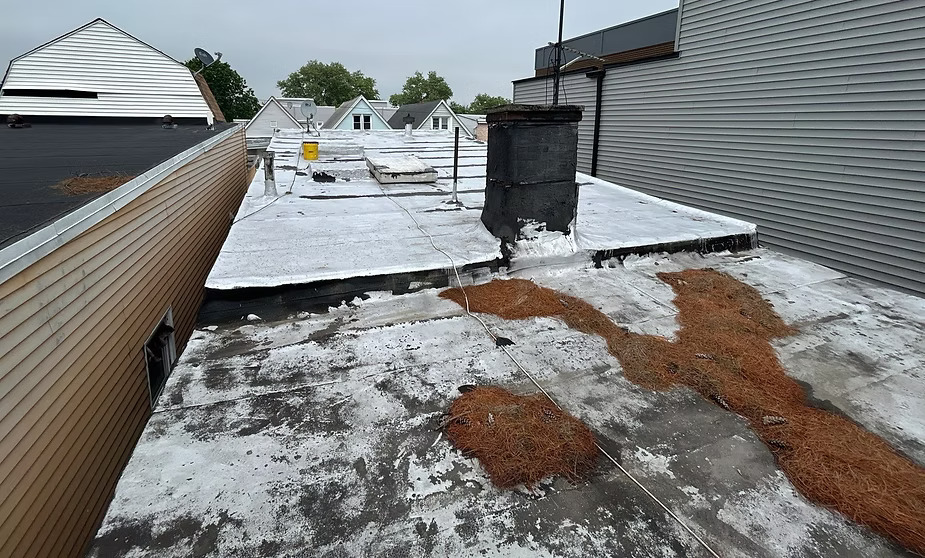 5 - Clean off debris and check for mold or algae
5 - Clean off debris and check for mold or algae
Leaves, branches and debris can accumulate quickly on flat roofs, especially in urban areas. If not removed, they hold moisture and contribute to membrane breakdown or mold growth.
Spring cleaning checklist:
- Remove all leaves, twigs and debris from the roof surface.
- Check corners and behind rooftop equipment where debris tends to pile up.
- Look for signs of algae, moss or mold — especially in shaded areas.
Regular cleaning not only extends your roof’s lifespan but also improves its performance by reducing weight and promoting proper drainage.
Final thoughts: Don’t skip your roof check
Flat roofs may look simple, but they require just as much attention (if not more) than sloped roofs. Catching issues early can prevent thousands of dollars in repairs down the road.
Original article and photo source: Elite Roofing
Disclaimer: The information provided on AskARoofer.com or information sent by emails is the opinion of the writers. It is the responsibility of the reader to check for accuracy in one's own jurisdiction, as there are different codes and restrictions for different parts of the country. AskARoofer.com does not accept any liability for the use of information on this website or email. AskARoofer.com has no controls over product failures, installation, or climate conditions that may change the roofing process in your area. Our information is in general to our area and cannot be the same as your local town or state. It is advised to seek the local Building Department, Licensed Contractor and local Product Representative for proper installation requirements and code enforcement when installing a new roof.
Have a question? AskARoofer.
Find your local roofing contractor in the AskARoofer™ Contractor Directory.




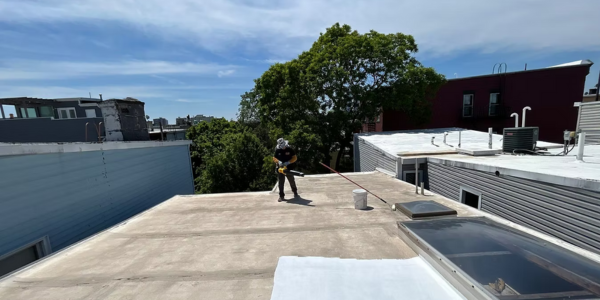
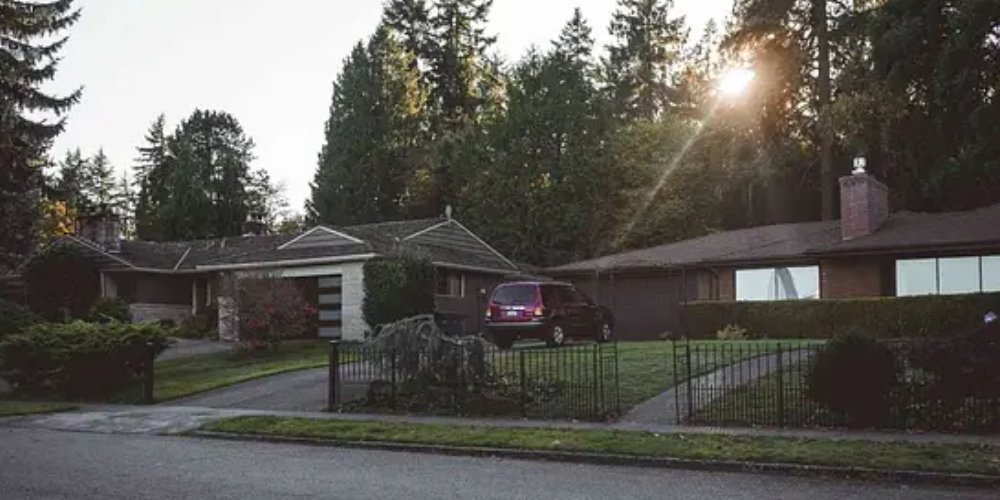
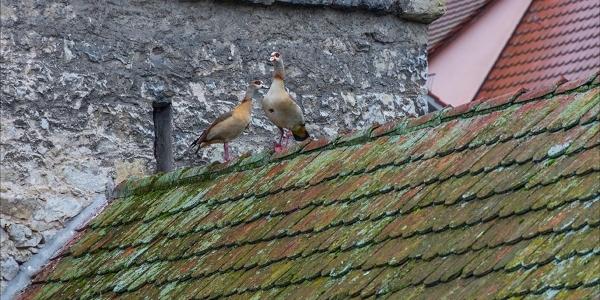
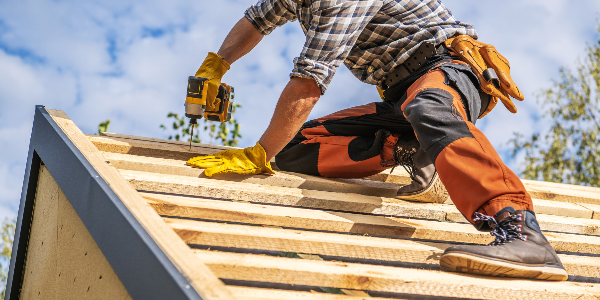






Comments
Leave a Reply
Have an account? Login to leave a comment!
Sign In